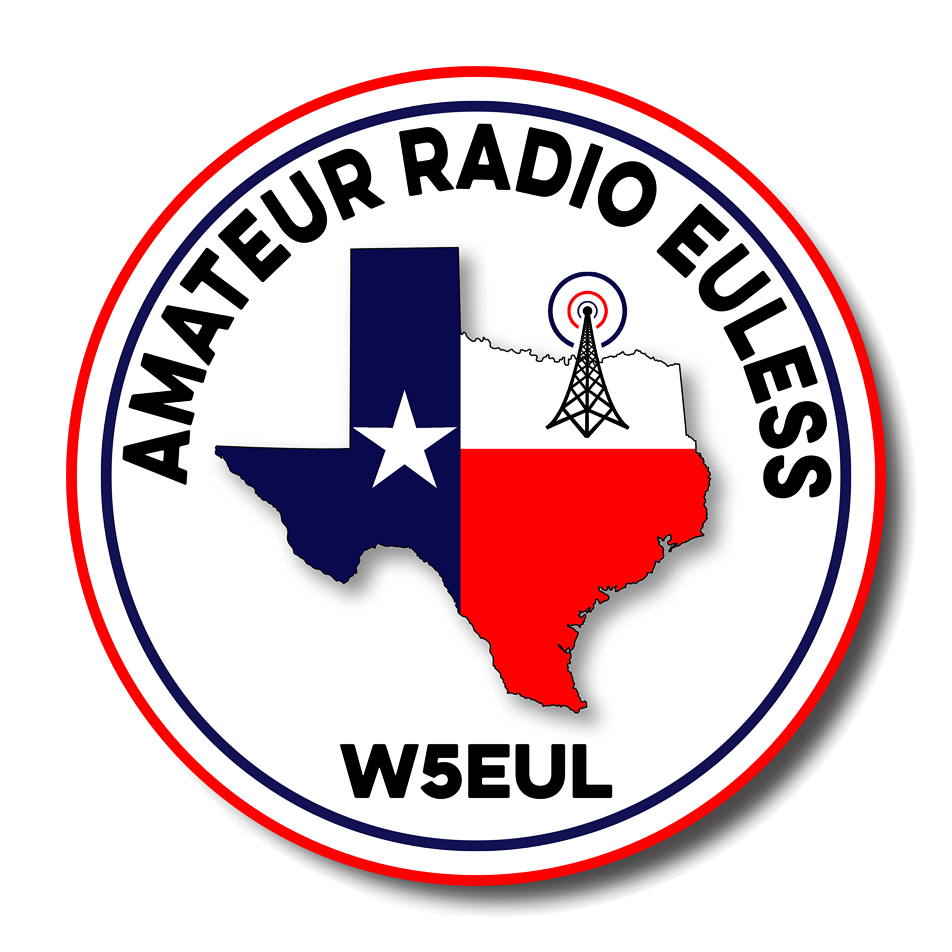|

|
W5EUL Repeater 442.900 + 110.9
Repeater Operating Practices:
1. Monitor the repeater to become familiar with any peculiarities in its operation
2. To initiate a contact, simply indicate that you are on the frequency. Various geographical areas have different practices on making yourself heard, but generally, "This is (your call sign) monitoring" will suffice.
3. Identify legally; you must identify at the end of a transmission or series of transmissions and at least every 10 minutes during the communication.
4. Pause between transmissions. This allows other hams to use the repeater (someone may have an emergency). On most repeaters, a pause is necessary to reset the timer.
5. Keep transmissions short and thoughtful, Your monologue may prevent someone with an emergency from using the repeater. If your monologue is long enough, you may time out the repeater. Your transmissions are being heard by many listeners including nonhams with "public service band" monitors or scanners; don't give a bad impression of our service.
6. Use simplex whenever possible. If you can complete your QSO on a direct frequency, there is no need to tie up the repeater and prevent others from using it.
7. Use the minimum amount of power necessary to maintain communications. This FCC regulation (97.313a) minimizes the possibility of accessing distant repeaters on the same frequency.
8. Don't break into a contact unless you have something to add. Interrupting is no more polite on the air than it is in person.
9. Repeaters are intended primarily to facilitate mobile operation. During the commuter rush hours, base stations should relinquish the repeater to mobile stations; some repeater groups have rules that specifically address this practice.
10. All repeaters are assembled and maintained at considerable expense and inconvenience. Usually an individual or group is responsible, and those who are regular users of a repeater should support the efforts of keeping the repeater on the air.
(from ARRL Repeater Directory) |
|


